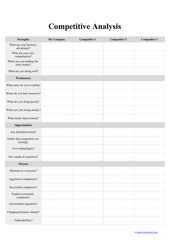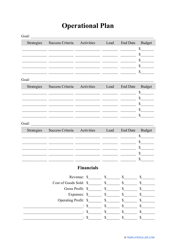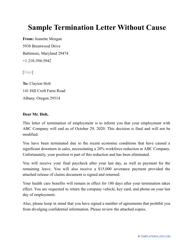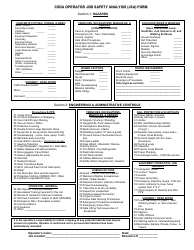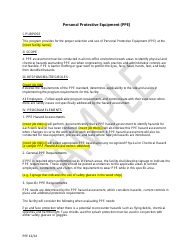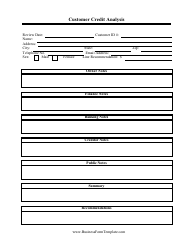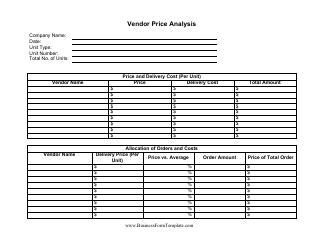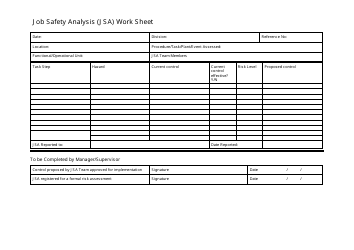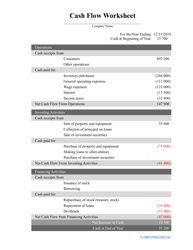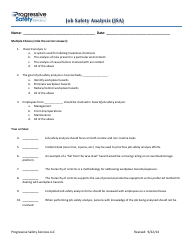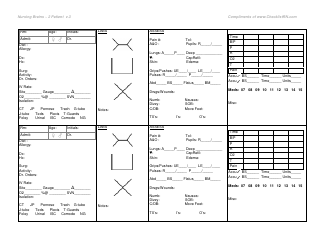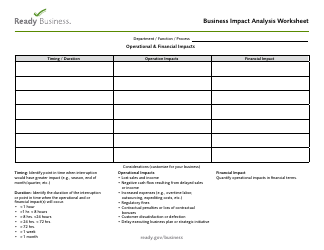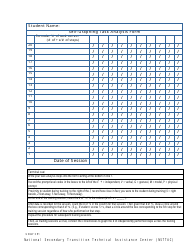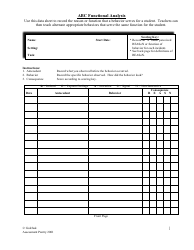Root Cause Analysis Template
What Is a Root Cause Analysis?
A Root Cause Analysis can be defined as a process of searching for the causes of problems and subsequent identification of suitable solutions. Whether you need to deal with mechanical failures of your equipment that shut down your entire manufacturing process or you simply want to know why a certain transaction was not finalized, you need to find out the exact cause that set in motion the cause and effect reaction and produced an issue.
When you discover problems and shortcomings, a thorough analysis of the issue is essential to find out how and why the situation occurred and how to make sure it will not happen again. At first, you can conduct an analysis by yourself, but later you can employ a small team of individuals whose main goal will be to uncover the problem that led to the incident in question. Once you know more about recurring issues that your organization may suffer from, you will be able to perform Root Cause Analysis training and prevent further troubles. A Root Cause Analysis template can be found through the link below.
How Do You Perform a Root Cause Analysis?
These are four steps to the Root Cause Analysis process:
-
Gather evidence from four sources: physical, paper, recording, and people:
- Look for hardware, equipment, and solid material related to the issue in question - for instance, fluid samples, broken parts, and human DNA;
- Examine paperwork after analyzing the timeline of events - collect relevant pages from manuals and guidelines as well as every printed or digital document that may be useful later;
- Identify video footage, photos, and audio recordings that will help you see the whole picture clearer;
- Talk to individuals who were involved in the situation, supervisors and their subordinates, and learn more about their background prior to the issue.
-
Once you have enough evidence on your hands, it is time to investigate cause and effect. Find out what caused the effect and whether this effect would occur without the cause.
-
Find solutions to the problem. You can reduce the risk of reoccurrence if you control the cause. The solutions must be efficient, easy to implement, and have a positive impact on your organization or institution as a whole without entailing more issues and similar events.
-
Prepare a report to document the situation and summarize the issue. You need to describe the problem you have investigated and its impact, share your observations and conclusions, and indicate which solutions you proposed and carried out to prevent the same issue from happening in the future.
To perform an effective Analysis of Root Cause, we recommend you to follow these tips:
- When talking to people - the best source of information and, therefore, evidence - ask them simple questions and do not push for an answer you think is the right one. Let them talk and explain the situation the way they experienced it;
- Appoint a third party to deal with the issue and perform analysis or nominate an employee that had nothing to do with the matter at hand. Only with fresh eyes and impartiality, you will be able to solve the problem;
- Plan for the next analysis while performing the current investigation. You must remember every step of the process - actions that led you to answers and mistakes that were harmful - and apply similar techniques and methods (called "Root Cause Analysis tools") in future inquiries;
- Perform analysis not only to find out why something went wrong but also to learn more about your successes and accomplishments. You may find specific reasons for achievements and considerably improve the work of your organization.
Still looking for a particular template? Take a look at the related templates below:



